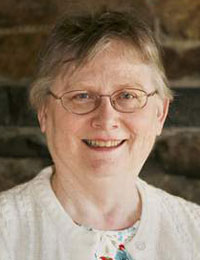 Continuing a review of Donald Lines Jacobus’s Bulkeley genealogy of 1933:
Continuing a review of Donald Lines Jacobus’s Bulkeley genealogy of 1933:
Citations: Jacobus notes in his preface that “Full references are given in the section of this volume which relates to English origins, but in a volume of this size it was found impractical to make acknowledgment to the very large number of printed sources utilized… So far as possible, we checked with original record sources…” “Checked with” … but did not cite. Footnotes are sporadically used by today’s standards. In the English origins section, bibliographic lists of “Authorities” are provided and long abstracts of “documentary evidence” are identified to their sources, but Jacobus apologizes that “We have done what could be done with the imperfect data offered by printed authorities.” Continue reading An imperfect score
